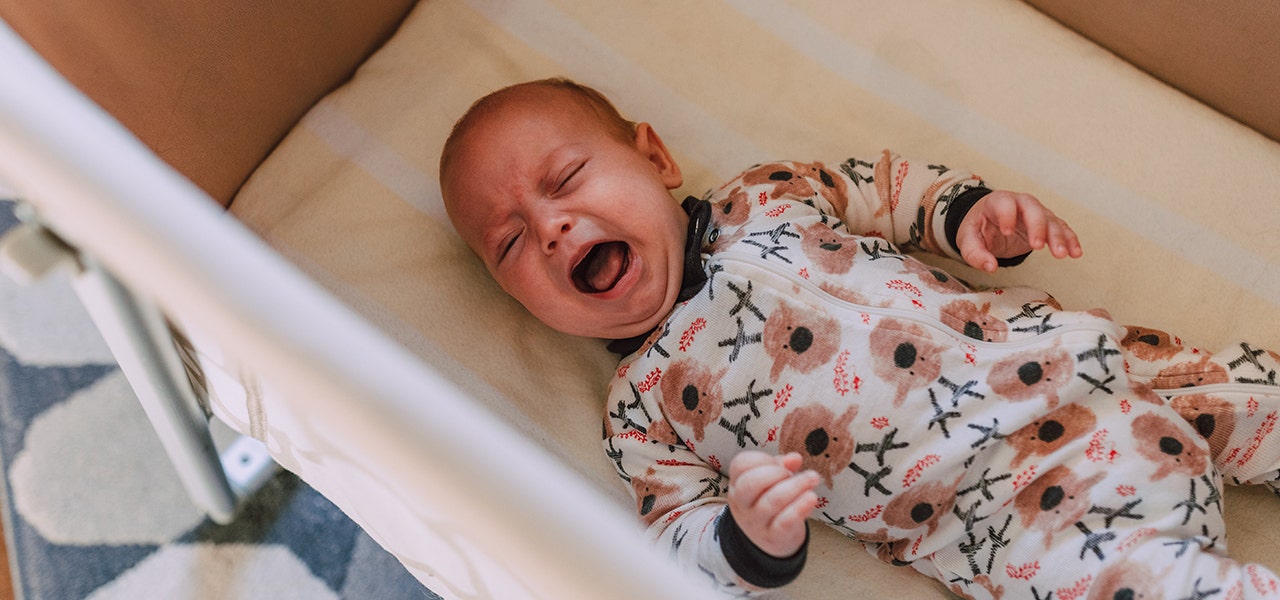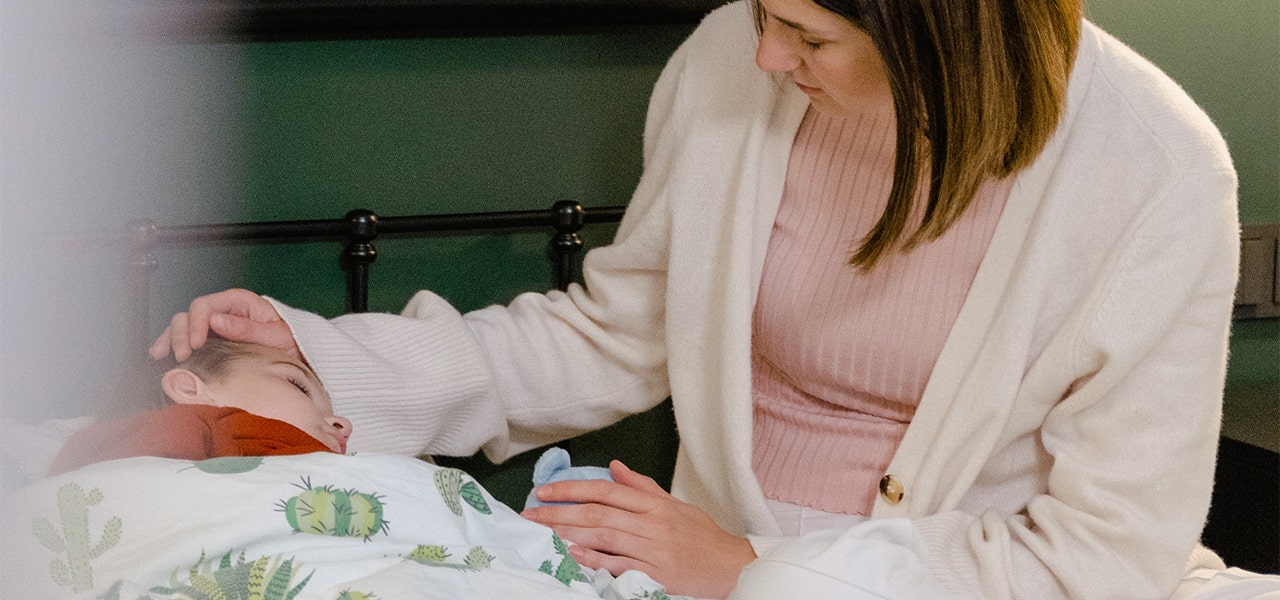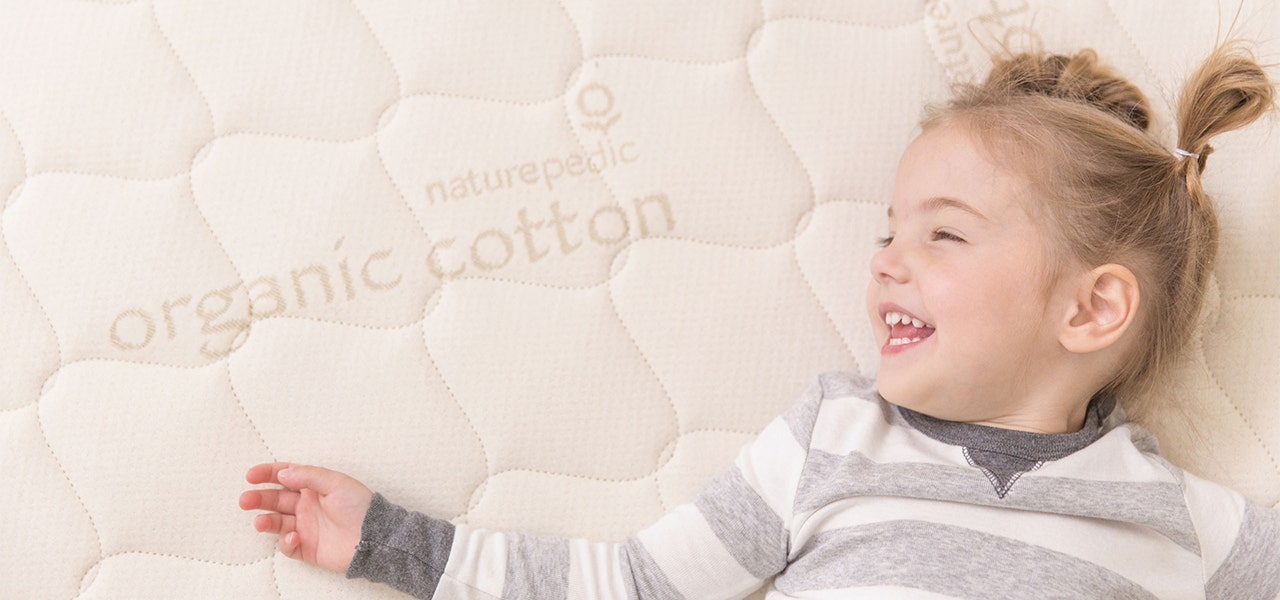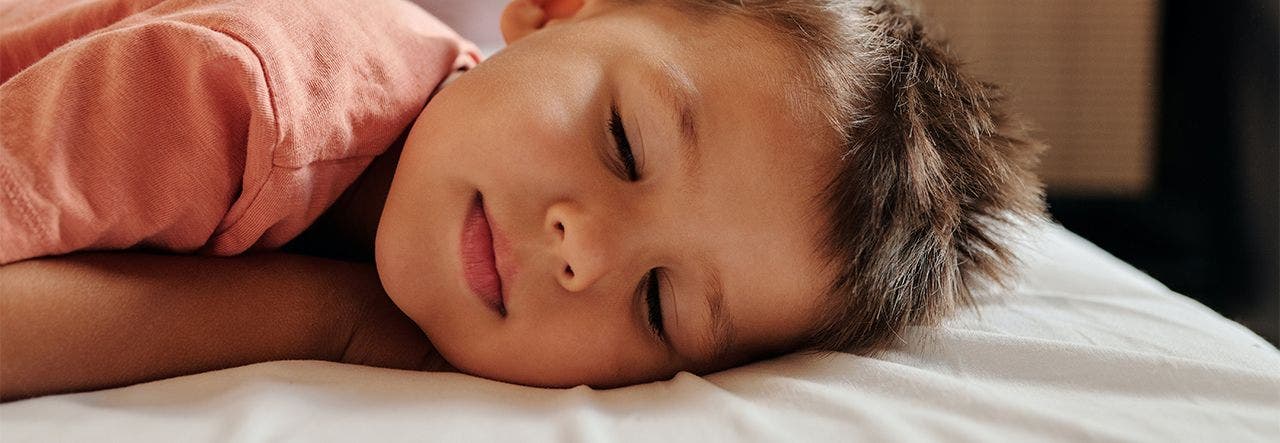If you’re in the market for an organic baby mattress or an organic kids mattress, one of your biggest questions is probably, “What is the best alternative to polyurethane foam?” What exactly are the safer, healthier, and hopefully more sustainable options? Certified organic mattress manufacturers seek to answer this very question – but the answers can vary.
As pioneers of the certified organic mattress movement, Naturepedic has seen a lot of new organic brands pop up in the 20+ years we’ve been manufacturing organic mattresses. Many manufacturers simply swap polyurethane foam for latex. But – when it comes to babies and kids – we say latex isn't the safest option. Here’s why.
Organic vs. Synthetic Latex
"Organic" or "natural" latex comes from the sap of a rubber tree. In a process much like maple tapping to create maple syrup, rubber trees are tapped to harvest their milky, white sap. This sap is then brought to a factory, whipped, molded, baked, washed and dried to create a durable, springy foam. For adults, organic latex mattresses can be an excellent option when the latex is GOTS approved.
"Synthetic" latex, on the other hand, is made from petrochemicals – not rubber trees. These potentially hazardous chemicals come from fossil fuels and can emit unacceptable levels of toxic VOCs, making them potentially harmful to both your health and the environment. This energy-intensive process is vastly different from the simple, more natural process by which organic latex is made.
Organic, natural latex is certified to credible third-party standards that ensure it meets rigorous environmental, social and economic criteria designed to protect lands, ecosystems and workers. Top certifications to look for include:
- Global Organic Latex Standard (GOLS)
- Forest Stewardship Council® (FSC®)
Synthetic latex is often not certified to any standard, let alone a meaningful one, and the quantities of petrochemicals and other synthetic chemicals can be as high as 100%! With GOLS/FSC® latex, that's GOTS approved for use in certified organic mattresses, roughly 95% of the latex must be from the sap of rubber trees, with only 5% allowed for processing additives. This formulation is way better than synthetic latex and polyurethane foam.
What's Wrong with Latex Mattresses for Babies and Kids?


Nowadays, many organic baby and kids mattresses use certified latex to replace other questionable materials found in conventional mattresses, such as polyurethane foam. While this may solve one very important problem, it brings about another that is just as important: latex can be an allergenic material.
When a baby is born, we don’t know what they are allergic to … and by the time they’re a kid, we still might not know! Time will reveal any allergies your little one may have, as they are exposed to new environments and potential allergens. But their mattress, one of their most-used and most-important objects at home, is NOT the right place to put any allergies to the test.
This is ESPECIALLY true with latex, one of the more common allergenic materials. While only an estimated 1-6% of the general population is allergic to latex, the allergenic response to a latex allergy can be severe – and little ones are especially vulnerable!
A Quick Note About Latex for Adults
By the time you’re an adult, you’re likely aware if you’ve got any major allergies – including latex, of course! And if you aren’t allergic, latex provides a comfortable alternative to polyurethane foam mattresses.
Latex naturally contours to your body, which makes it a great mattress material for both comfort and support. Body contouring is the main draw to memory foam mattresses – however, unlike memory foam, GOTS-approved latex is more breathable, comfortable and natural, making it better for you and the planet. Added bonus: at Naturepedic we’ve engineered a latex mattress design that doesn’t require any flame retardant chemicals. For more information about latex, visit Learn About Materials in Our Adult Organic Mattresses.
Latex Allergy Symptoms


Latex allergies can be triggered in two ways: touching latex rubber products or breathing in latex particles. Beyond mattresses, latex is generally found in items like rubber gloves and balloons. Breathing in latex particles can happen simply from a nearby person removing latex gloves.
Latex allergy symptoms can range from mild to severe, and they differ from person to person as well as depending on the level of exposure. Common symptoms of a latex allergic reaction include:
- Itching, redness and hives
- Sneezing and runny nose
- Itchy, watery eyes
- Scratchy throat and cough
- Difficulty breathing and wheezing
- Anaphylaxis
Latex Allergy Diagnosis and Treatment
If you think your child might be allergic to latex, make an appointment with their pediatrician. Their doctor will examine your child and ask about any symptoms or exposure to latex they may have experienced. It’s important to share other information that may be pertinent, which includes other known or suspected allergies, reactions to foods or family history of allergies. A latex allergy can be confirmed with a blood test or a skin prick.
Unfortunately, there is no cure for latex allergy. The best way to manage a latex allergy is to avoid products that contain latex, and also to:
- Inform providers, caregivers, teachers and friends of your child’s allergy.
- Avoid areas where latex may be in the air (i.e., a hospital room with latex gloves).
- Carry injectable epinephrine (in certain cases) – show caregivers, friends and family members how to properly give an injection if your child is having a reaction and teach them how to inject themselves as soon as they are old enough.
Our Baby and Kids Mattresses: No Latex and More Safety Perks


At Naturepedic, we don't compromise on safety, ever. But, we also don’t compromise on healthy materials. This means that our organic crib and kids mattresses are made without allergenic latex. They’re also:
- Certified by GOTS, EWG VERIFIED®, MADE SAFE® and GREENGUARD® Gold
- Made without flame retardants or fiberglass
- Handcrafted with quality built to last
- Mindfully manufactured to honor your health and the planet
Want to know more about how to keep your home safer and healthier for your little ones, beyond their mattresses? Check out our parent’s guide to environmental risks at home.
 BABY
BABY  KIDS
KIDS  ADULT
ADULT  LEARN
LEARN  STORES
STORES 